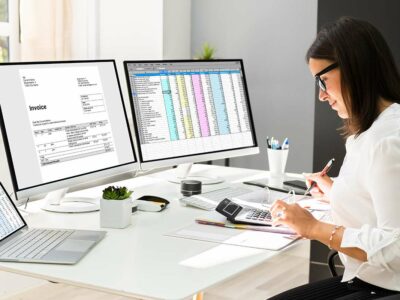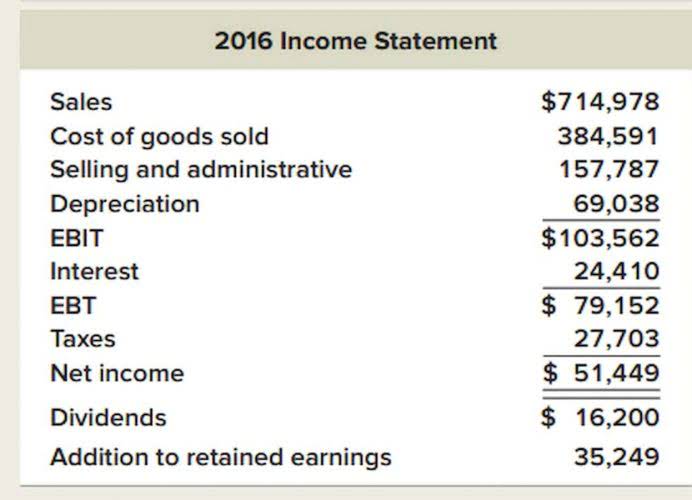
Businesses can better manage their working capital by understanding their current assets. Working capital is the difference between current assets and current liabilities. It is an important factor in determining how well a company can pay off its short-term debts are any assets easily converted into cash within one calendar year with its short-term assets. Marketable securities include liquid assets that can easily be converted into cash. Each time a corporation initiates a stock buyback, it increases its marketable securities.
Other Current Assets
Publicly traded corporations are required to publish quarterly balance sheets that allow shareholders to compare a company’s assets with its liabilities. It’s also a good practice for private companies to create balance sheets to stay organized. Monitoring and managing current assets is crucial for maintaining sufficient liquidity, meeting short-term obligations, and ensuring the smooth functioning of day-to-day business operations. Current assets are those assets that are easily converted into cash within a year or are expected to be used up within the year.

Uses of Current Assets
Understanding the different types of current assets and how to calculate them is essential for any business owner or manager. Short-term assets are items that a company expects to convert to cash in one year. Examples of short-term assets include cash, accounts receivable, and short-term investments. Cash equivalents are the result of cash invested by the companies in very short-term, interest-earning financial instruments. These are highly liquid, secure and can be easily converted into cash usually within 90 days, these include treasury bills, commercial paper and money market funds. These securities also readily trade in the market and the value of such securities can also be readily determined.

Inventory
If an item has a significant value and is expected to be used over the course of more than a year, it is better classified as a fixed asset. Regarding U.S.-based businesses, stocks can be publicly traded on the New York Stock Exchange or privately traded. These pieces of companies can easily be converted to cash with a single call to a stockbroker or the click of a button on a trading app. Cash assets may be calculated for an individual for much the same reasons as a company, though they are generally calculated on a smaller scale. Accounting an individual’s assets may be done to determine the what are retained earnings probability that he will pay a loan he might apply for.
Not Always Reflective of Cash Flow
Current assets appear at the top of the balance sheet, before any non-current assets. A sample presentation of current assets is highlighted in the following balance sheet exhibit. While it isn’t as liquid as cash or receivables, inventory is still a current asset because it’s expected to be sold within the year. Understanding these distinctions is crucial for accurately assessing a company’s financial health and making informed investment decisions. For example, when a company sells a product to a customer, the inventory used is recorded as COGS (cost of goods sold) on the income statement. Therefore, maintaining current assets at an optimal level is vital for any company.

Companies also use turnover ratios to https://www.bookstime.com/ calculate how quickly current assets can be converted into cash in the short term. Current assets are typically listed on a company’s balance sheet and can include a variety of financial instruments, ranging from cash and accounts receivable to inventories and short-term investments. The classification of assets as “current” is determined by their liquidity — essentially, how easily they can be converted into cash within a short period. Current assets are important for the short-term operation of any business enterprise.
Current Assets: Definition, Types, How to Calculate & Examples
For instance, a service company may not have a significant amount of inventory, while a manufacturing company might. Always consider the specific context of the company when identifying and calculating such assets. Together, these assets give you a snapshot of what resources your business has on hand for immediate use. Therefore, these trading securities need to be recorded at their fair value after the initial acquisition.
Understanding Current Assets: Definition, Types and Financial Importance
- For example, any debt accrued by a business in the course of starting, growing, and maintaining its operations is a liability.
- Without enough current assets, it can be difficult to pay your bills or invest in growth opportunities.
- Watch for trends in your current assets over time to catch wind of positive or negative financial health signals.
- Focus on these best practices and watch your current assets’ accuracy flourish.
- Bringing the two types of liabilities together, we arrive at your company’s balance sheet.
Current assets refer to resources that a company expects to use, convert into cash, or consume within one business cycle or one year, whichever is longer. This inherent liquidity separates them from long-term assets like real estate, machinery, or intellectual property. Start by regularly reviewing your company’s balance sheet or those of companies you’re interested in. Look at the different types of current assets and how they fluctuate over time. The current assets include all the assets that can be turned into cash within a year. It is better to organise them as it helps in making better decisions that let the business grow and improve its cash flow, performance, and ability to spend money where it is most beneficial.
- It’s the fuel that keeps the engine running allowing companies to pay their bills invest in growth, and generate profits.
- This means cost of inventory includes purchase cost, conversion costs, freight-in and similar items that relate to the above rule.
- Current assets are like a ready-to-use kit for financial opportunities or emergencies, easily liquidated within a year.
- These assets play a vital role in managing daily operations and ensuring you can meet short-term financial obligations.
- Its liquidity, universality, and zero risk of default make it an invaluable asset that plays a critical role in ensuring a company’s financial stability and growth potential.
- Current assets are assets that your business can convert into cash within one year.
These assets are those that are required for a business to complete its day-to-day functions. In other words, these are things that a company uses to produce its product or service and can include fixed and current assets, as well as tangible and intangible assets. Some of the most common items included in this category are cash, a company’s bank balance, inventory, and operating machinery. Cash is the most liquid asset of an entity and is therefore important for the short-term solvency of a company. The cash balance shown under current assets is the balance available for a business. This cash can be promptly used to meet a business’s day-to-day expenses and typically includes coins, currencies, funds on deposit in the bank, Cheques, and money orders.
